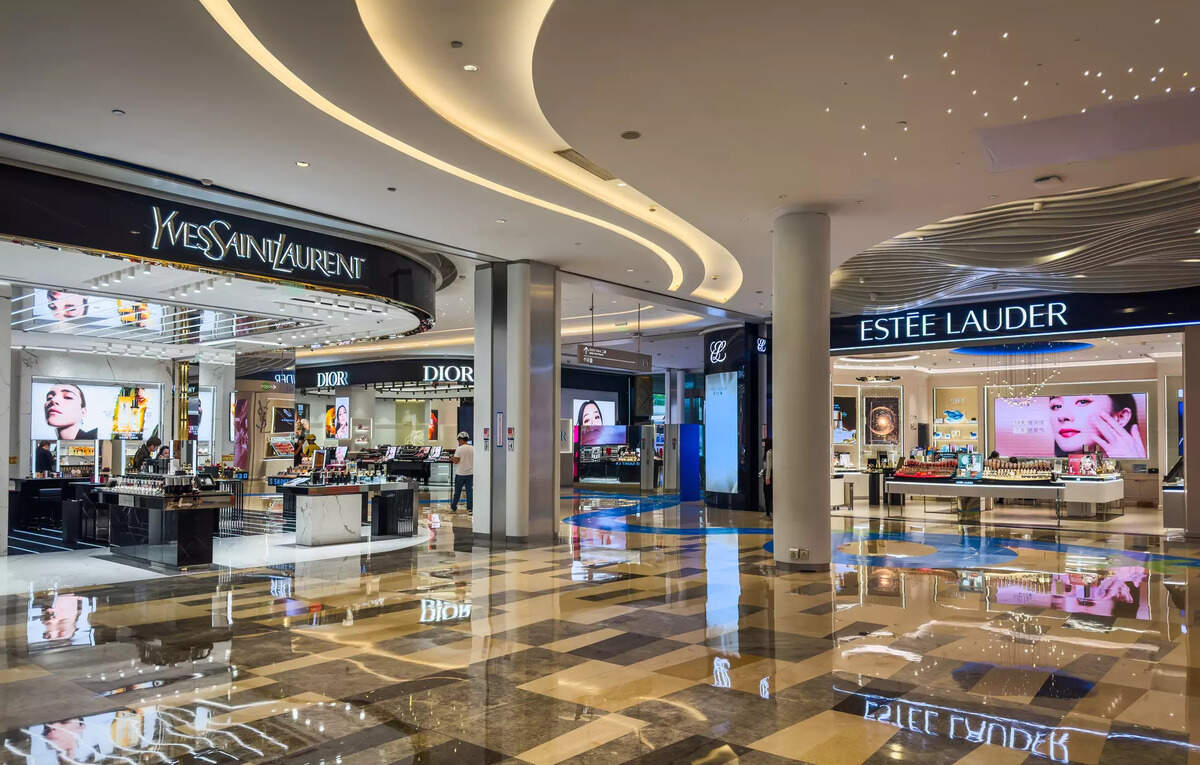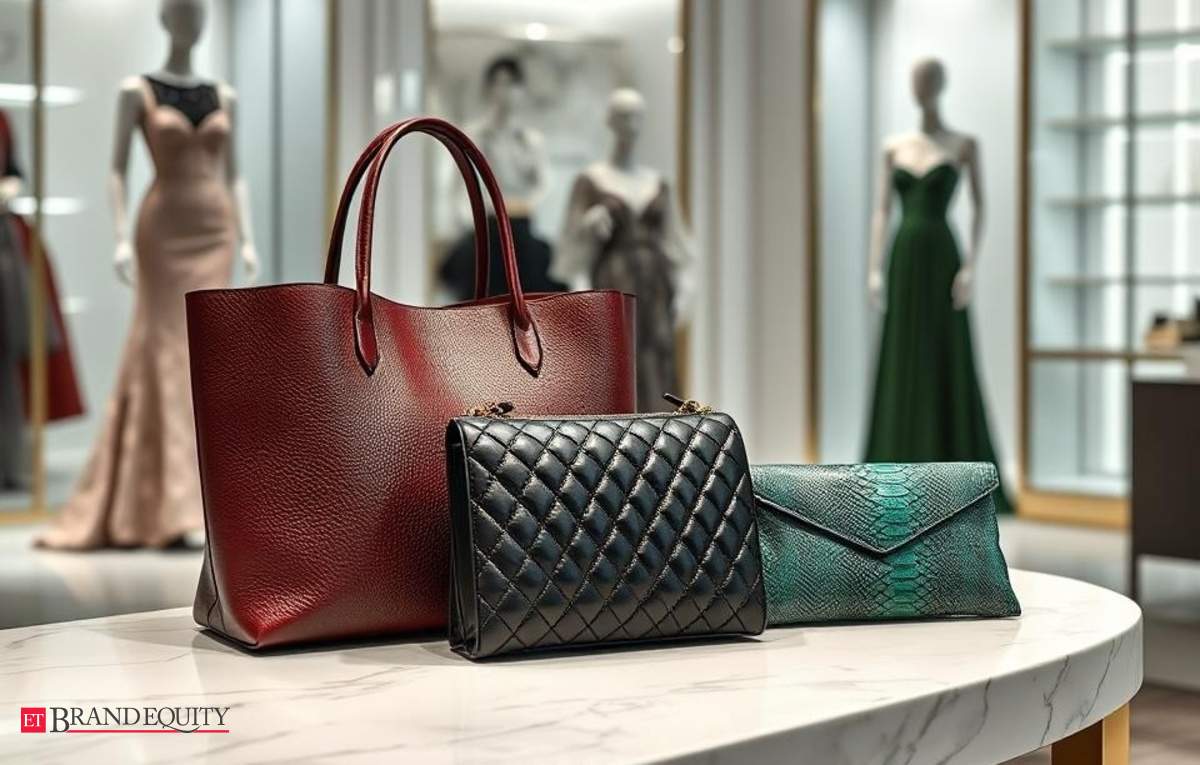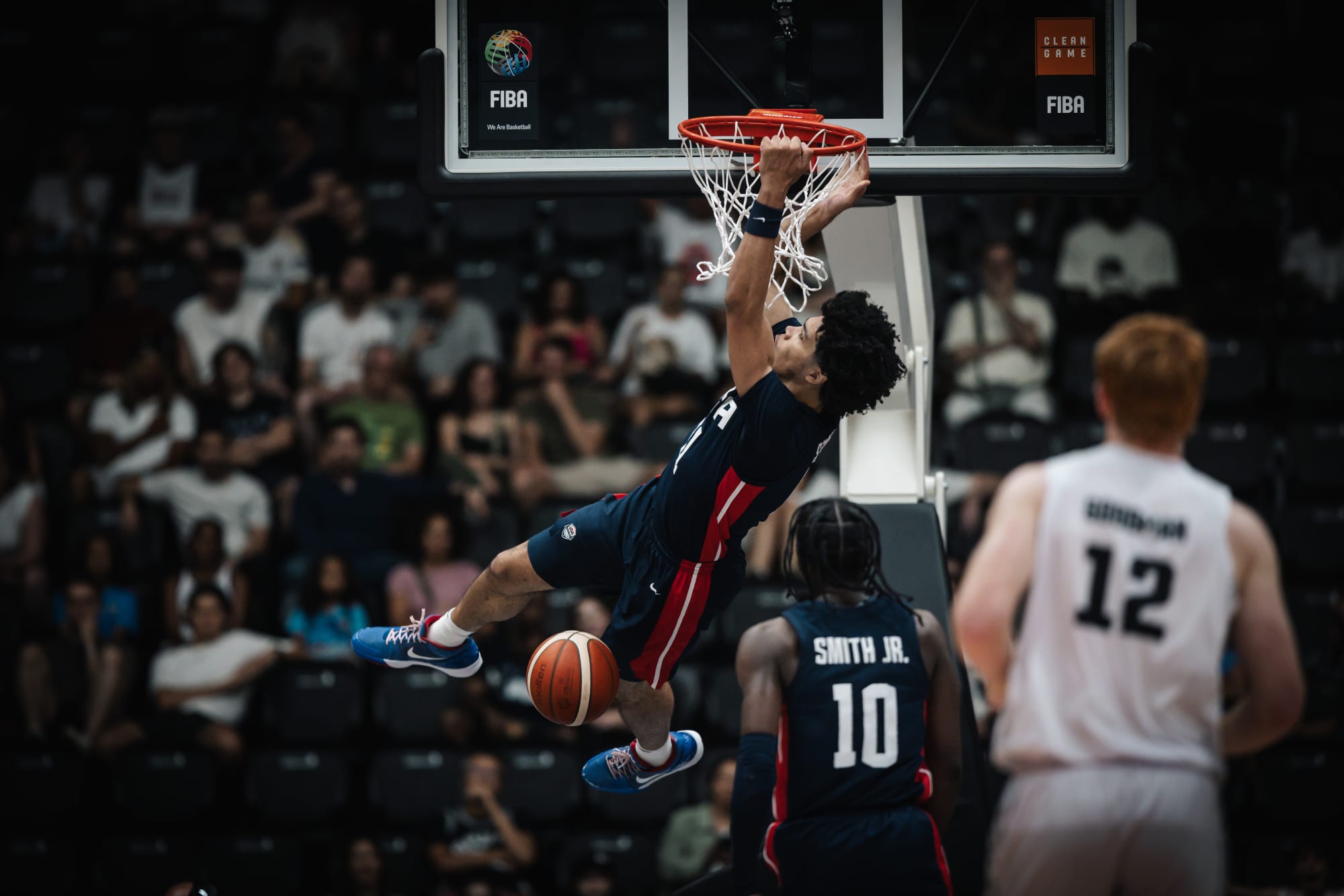"At some point you have to be financially responsible," luxury watch collector told Business Insider in early May. He was sharing why he’s stepping back from his five-year habit of splurging on luxury watches.
Sudden price hikes doubled tags on brands like Rolex and Omega, popping the pandemic-era spending bubble and driving a record 50 million aspirational shoppers out of the roughly $392 billion personal luxury goods market.
The global personal luxury goods market shrank 2% year-over-year in 2024, according to a Bain & Co. report, marking its first contraction in 15 years, excluding the COVID-19 pandemic period.
In 2024, global luxury spending remained steady at approximately €1.5 trillion ($1.7 trillion), marking one of the weakest years since the Great Recession, according to Bain. As a result, the personal luxury goods market dipped to €363 billion, reflecting a 2% decline compared to 2023 at current exchange rates, though flat at constant exchange rates.
Over the past two years, the global luxury customer base has shrunk by about 50 million consumers, driven by economic uncertainty, elevated prices, and reduced engagement from younger generations.
Middle-income households—defined by Pew Research Center as those earning between $56,600 and $169,800 annually—have retrenched after pandemic-era YOLO spending surges.
According to Business Insider, one handbag enthusiast who used to shell out nearly $20,000 a year says she's trimmed her budget to $6,000, pointing to doubled sticker prices for top bag brands over the last five years.
Paredes himself poured about $70,000 into high-end timepieces over five years before deciding it was time to focus on more pressing financial goals.
Over the past five years, U.S. consumer prices have increased by about 25.5%, while average hourly wages for private-sector workers have risen roughly 29.8%, according to federal data. Although wages have slightly outpaced inflation, the gains have done little to ease the strain on discretionary budgets.









